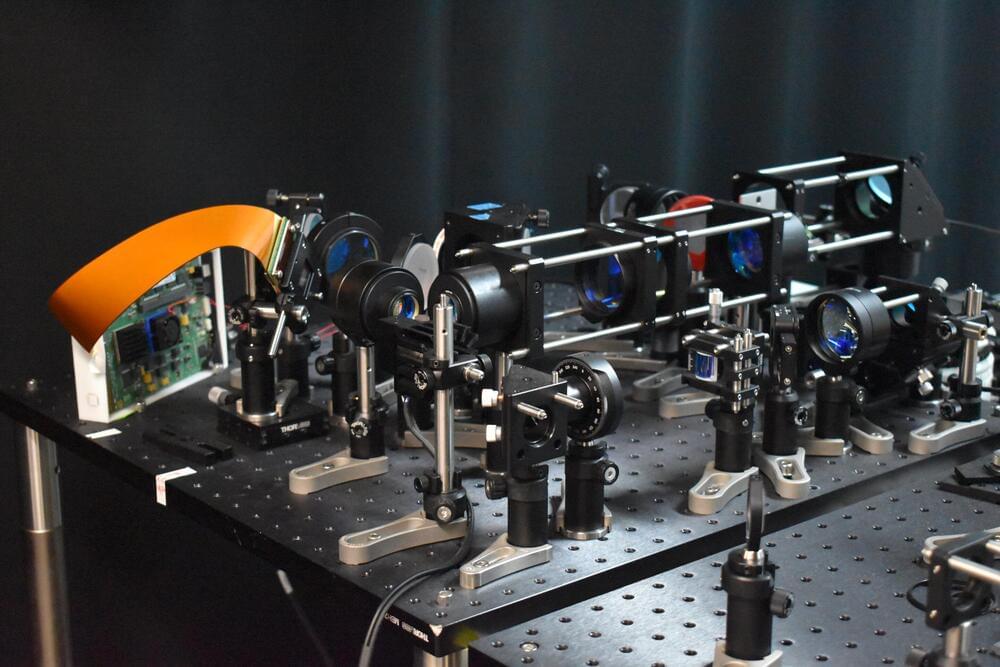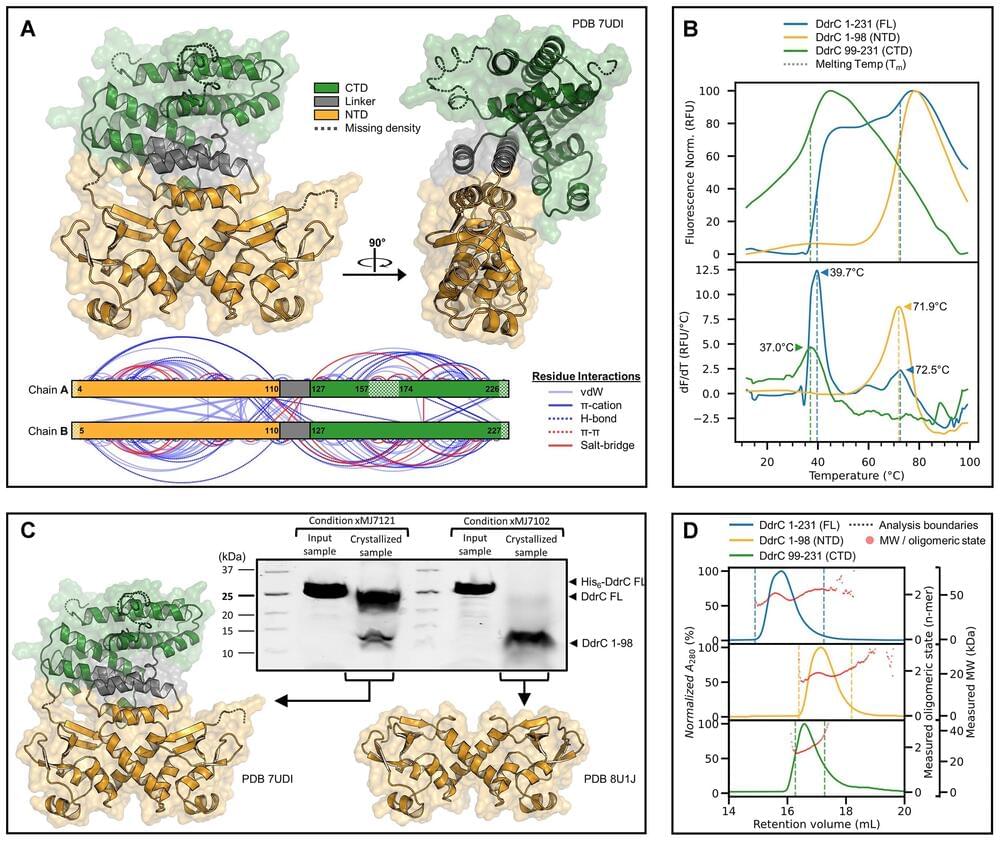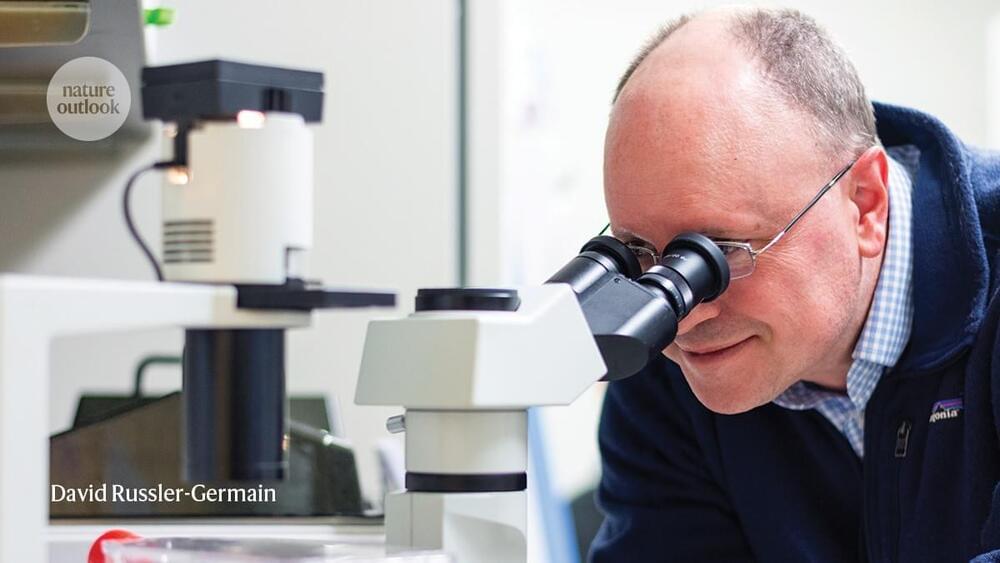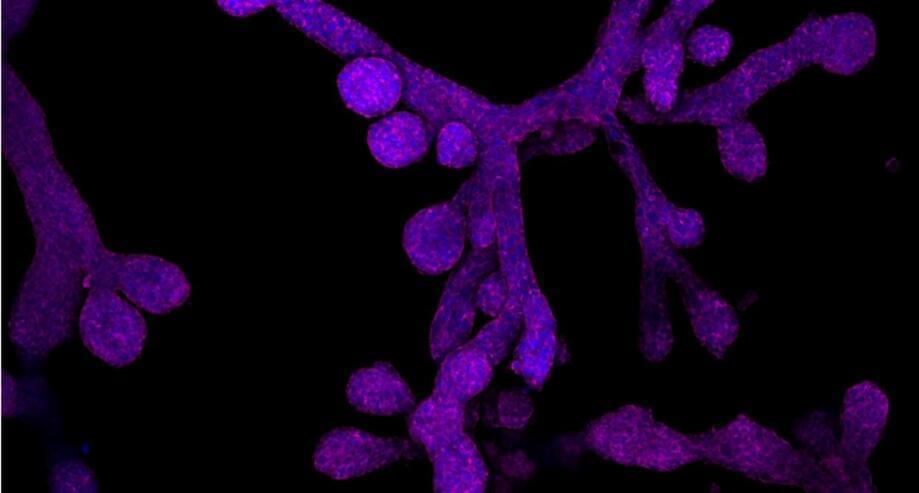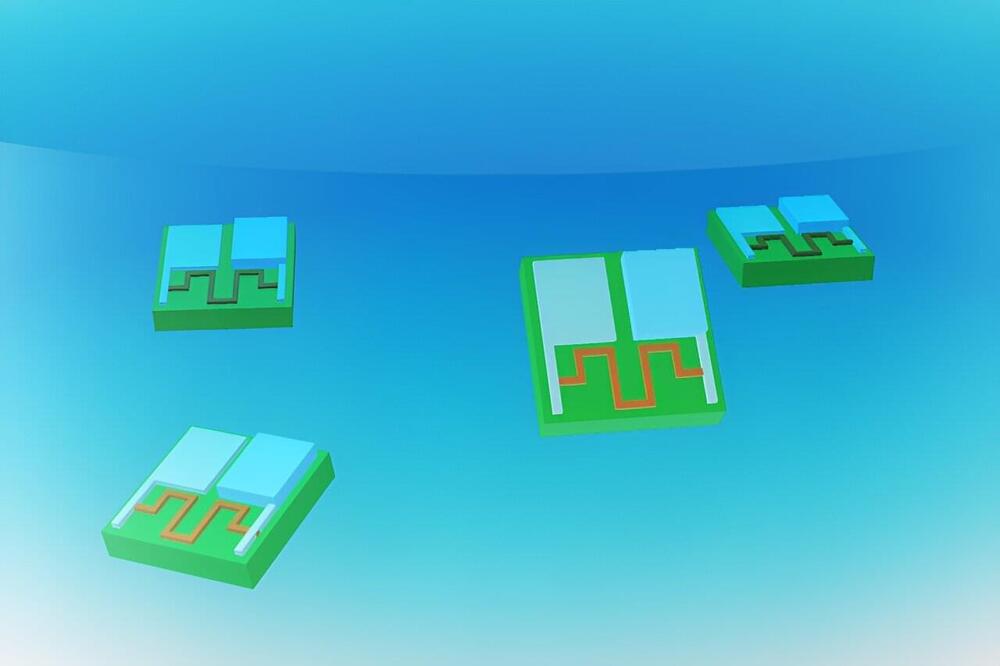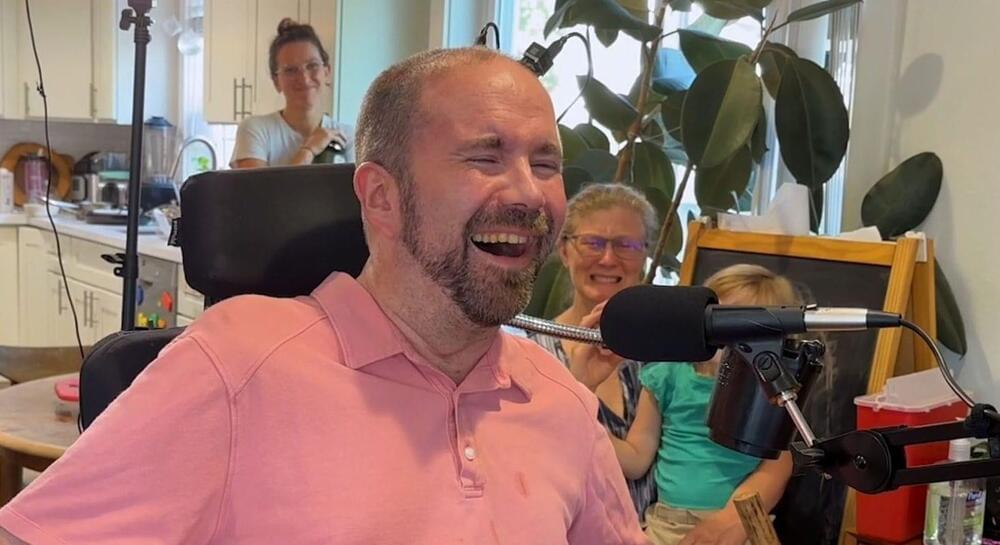Aug 17, 2024
Largest animal genome sequenced — and just 1 chromosome is the size of the entire human genome
Posted by Genevieve Klien in category: biotech/medical
Scientists have sequenced the largest known animal genome — and it’s 30 times bigger than the human genome.
The genome belongs to the South American lungfish (Lepidosiren paradoxa), a primeval, air-breathing fish that “hops” onto land from the water using weird, limb-like fins. The fish’s DNA code expanded dramatically over the past 100 million years of evolutionary history, racking up the equivalent of one human genome every 10 million years, researchers found.


